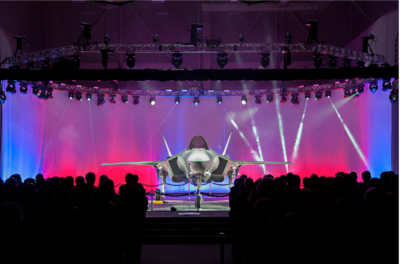The aerospace and defense industry is full of incredible achievements, and a career in this area will put you at the forefront of future advances in engineering and technology for aircraft, spacecraft, watercraft and more. If you’re considering working in aerospace and defense, below are three things you might not have known about industry leader Lockheed Martin and the industry as a whole. These facts might prove helpful when you’re interviewing for a job in this field and want to prove you’ve done your research.
1. Lockheed Martin’s U-2 Dragon Lady aircraft can ascend to 70,000 feet.
This aircraft nearly doubles a commercial airplane’s cruising altitude, and it reaches most of that height in roughly the same amount of time it takes a passenger plane to get to 35,000 feet. The U-2 Dragon Lady is a spy plane that took its first flight all the way back in 1955, and has an average mission success rate of 97 percent. When it’s not completing spy missions and flying beyond the reach of radar, it’s used to help with disaster relief efforts during and after earthquakes, floods or forest fires. At its highest altitude, it connects to satellites, making worldwide communication possible. And Lockheed Martin had the first U-2 up in the air just nine months after they started the program to build it.
2. Landing on Mars might not be so far away.
Lockheed Martin is the contractor behind the Orion Multi-Purpose Crew Vehicle, a NASA spacecraft engineered to bring humans into deep space for long-term missions. Currently, Lockheed Martin is studying what it will take for humans to travel farther into space than ever before, and be able to return home safely. Their goal is to bring humans to Mars by the year 2028. It’s all part of a NASA initiative called “Journey to Mars”.
3. The space industry has been using solar power since the 1950s.
The popularity of solar power may seem relatively new to most of us, but for the aerospace industry, it’s been used for over six decades to keep the power running on spacecraft. A satellite called Vanguard 1 was launched in 1958, with power from solar cells keeping it in orbit. It claims the title of “oldest man-made satellite in orbit”.
Working in the space and defense industry means you’ll be contributing to a legacy of record-breaking achievements and impressive feats of science, math and technology. Want to learn how to get a job in space and defense? Check out our guide to the industry.
